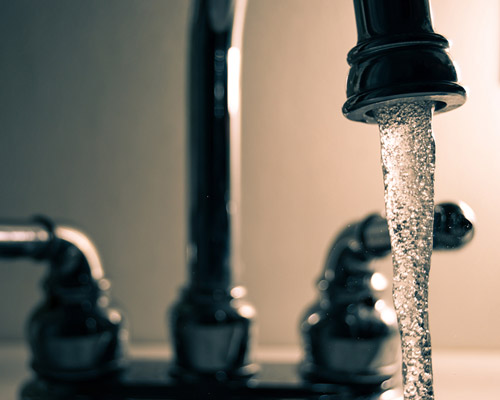Pre-monsoon showers have just started in Mumbai bringing cheer and the kind of freshness that can be experienced only once a year. Naturally, it is also a time of the year when discussions on water scarcity and water conservation take a backseat. So, we decided not to talk about water but focus on sewage. Advances in sewage treatment have made it possible to treat sewage to highest levels of purity (for e.g. drinking), with high reliability and safety.
This article looks at three factors that make sewage valuable in mitigating the urban water crisis – certainty, ease of treatment, ease of reuse.
CERTAINTY
1. Sewage generation is as certain as the sun rising every day. Technically, sewage is water mixed with excrement, and hence it is imperative that there is some drainage system that collects waste water from toilets in a sewer or collection tank. It is also certain that sewage generation is only going to increase with India’s rising population. It is still unlikely that India will be the largest generator of sewage, as basic infrastructure is a pre-requisite to collect wastewater from toilets to enable its treatment. But the volumes in urban India are large enough to merit collective action from Governments and institutions to harness the potential. Sewage can hence become a perennial source for fresh water.
EASE OF TREATMENT
2. Sewage is repulsive to look and smell, besides being very dangerous to public health in untreated form. However, it is amongst the easiest of wastewaters to be treated. Sewage has a high composition of simple organic matter and relatively very low concentration of ‘tough to treat’ complex organic matter or dissolved heavy metals. Multiple technologies for sewage treatment exist from rudimentary reed bed treatment to highly advanced membrane bioreactors. These treatment options can be tailored on the basis of factors such as volume of sewage generation, land availability, capital availability, operating costs, energy consumption, reliability requirements, expertise of operators, quality of treatment required, etc. It is therefore highly possible to have a practical mix of centralized and decentralized treatment systems that can serve the needs of the urban areas.
EASE OF REUSE
Sewage treatment doesn’t lead to one quality of treated water. Water quality is defined by multiple parameters such as Biological Oxygen Demand (BOD), Chemical Oxygen Demand (COD), dissolved solids, turbidity, total suspended solids, etc. For each intended end-use such as drinking, bathing, car washing, cooling towers, gardening, etc., these parameters have acceptable limits. Depending on the intended end use, sewage can be tapped from various sources and treated appropriately to serve the same. For example, hotels treat sewage for gardening, cooling tower, etc. Residential apartments can treat for gardening, car washing and cooling towers. It is important however to understand the quality guidelines for reuse of sewage for particular applications and the risks of non-compliance.
We have seen a dramatic increase in decentralized sewage systems especially in the large cities of NCR, Mumbai and Bengaluru. There is value that customers have seen on the points of certainty, ease of treatment and ease of reuse. However, there are serious issues related to operational reliability that are causing diversion of sewage or increasing scepticism related to sewage treatment. We believe that sewage treatment plant operation is a serious and hazardous endeavour that requires proper training and safety precautions. Investments related to training are not substantial in any manner and it would ensure smooth and safe operations of treatment plants.
Prior planning, making the right technology selection and operator training can go a long way in realizing value from sewage. We can then look forward to more tolerable summers with less dependency on fresh water.

